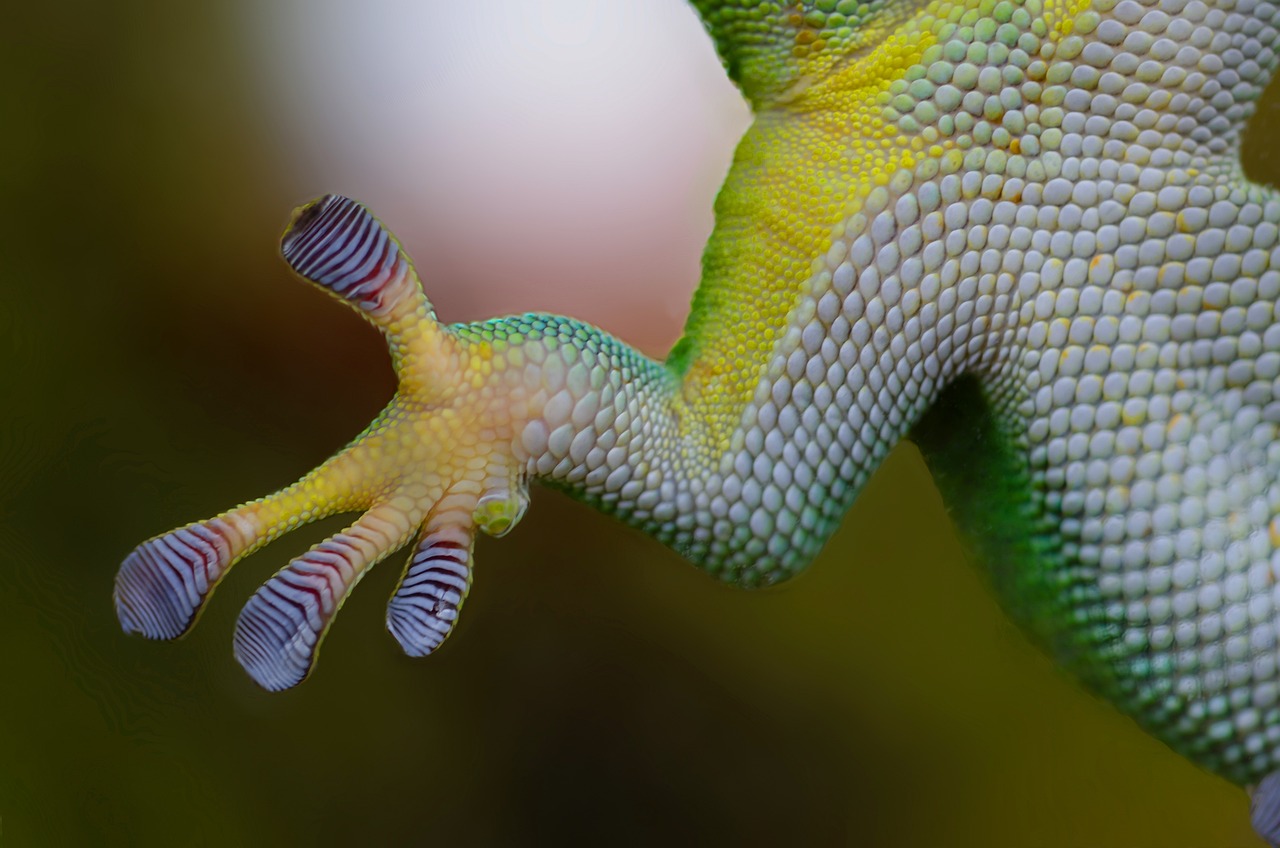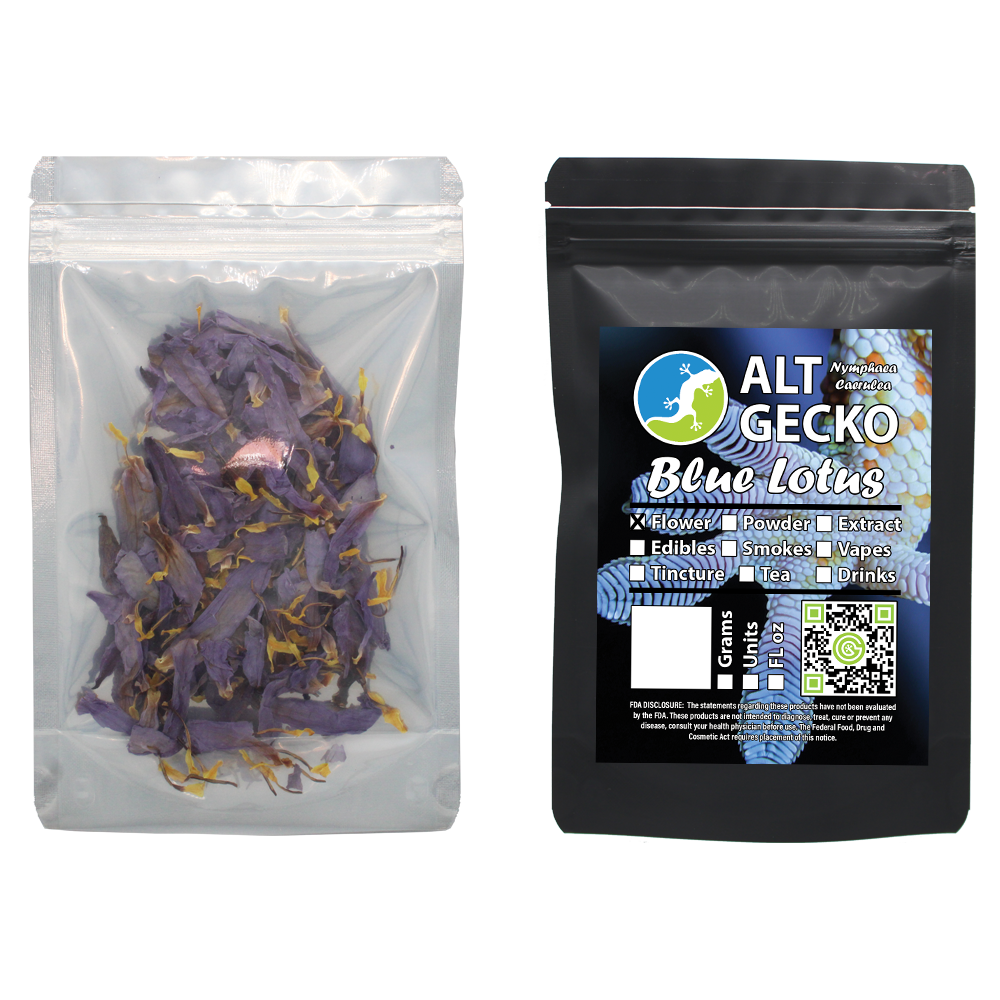
Blue Lotus Flower
It is a long established fact that a reader will be distracted by the readable content of a page when looking at its layout. The point of using Lorem Ipsum is that it has a more-or-less normal distribution of letters, as opposed to using ‘Content here, content here’, making it look like readable English. Many desktop
Blue Lotus Information & FAQ
Common Questions & Answers
Blue lotus (Nymphaea caerulea), otherwise known as sacred blue lily, blue Egyptian lotus, and blue water lily, is a psychoactive plant grown predominantly in Egypt and particular parts of Asia.
As an entheogenic drug, it can alter your spiritual or religious consciousness.
Apomorphine and nuciferine, the two primary active compounds in the flower, are responsible for its psychoactive and medicinal impacts when consumed.
The former is a dopamine agonist, imbuing you with happy, euphoric feelings, while the latter offers calmness and mild sexual arousal.
Whether you smoke it, make tea with it, hold a tincture under your tongue, or drink some blue lotus wine, the flower has the potential to unwind your mind and awaken your spirit.
Producing subtle effects, blue lotus has the potential to make you feel tranquil and mildly euphoric, alongside a somewhat altered sense of awareness.
Taken mostly for its calming effect, anecdotes suggest blue lotus can alleviate symptoms of anxiety. However, its apomorphine content has been used to treat mental health disorders, like depression, in the past.
Due to the relaxation-inducing impacts of the herbal remedy, it may promote sleep. Modern studies may not confirm its effectiveness as a sleep aid, but the ancient Egyptians used it to treat insomnia for years.
Often, this enhanced sleep quality can stimulate lucid dreaming, potentially allowing you to control your land of nod.
Some report the flower ignites sexual desire, acting as an aphrodisiac and remedying erectile dysfunction.
A whole world of tranquility, sleepiness, and warm arousal awaits those who ingest blue lotus. Consider it the key to a soothed soul.
Like most herbal remedies, you can experience the dreamy effects of the flower in many ways. The most common are as follows:
- Smoking — Used as a method to stimulate lucid dreams and muscle relaxation, you’ll feel the effects much faster when smoking blue lotus.
- Tincture — Starting with a low dose, hold the tincture under your tongue to feel the tranquility.
- Tea — Drink before bed or meditation to relax the body and mind.
It’s legal to grow, buy, sell, and possess the flower in the US.
However, there is an exception to this widespread rule — Louisiana. Like many other herbal remedies, the state deems it illegal to grow, buy, sell, consume, or trade blue lotus for human consumption. Interestingly, you can still grow it as an ornamental or landscape plant.
Most alternative supplements aren’t regulated by the FDA, so you must ensure you source blue lotus from lab-tested, safe sources like us at Alt Gecko.
From Mayan to Egyptian to Thai to Syrian cultures, the blue lotus is deep-rooted in history for its inebriating effects, mesmerizing aroma, and medicinal qualities. But the society that revered this flower the most was the ancient Egyptians.
Consider it the “party drug” of Ancient Egypt. The upper echelon gathered secretly in temples, sharing wines imbibed with the flower’s extract to experience its aphrodisiac qualities. While uncertain, it’s likely this led to religiously stemmed orgies.
Today, you can see evidence of the culture’s group-based sexual experiences on temples, murals, and papyrus across Egypt. But the flower’s place in this ancient culture went far beyond its purported high.
Women would wear perfectly petalled blue lotus flowers in their hair as a fashion statement, and it’s even referenced in the Egyptian Book of The Dead, one of the most coveted historical artefacts from the era. Not to mention they were scattered over Tutankhamun’s body upon his un-casking in 1922.
And last, but certainly not least, the ancient Greeks exported it when they accidently stumbled upon in. Even Homer’s Odyssey reportedly mentions the flower!


